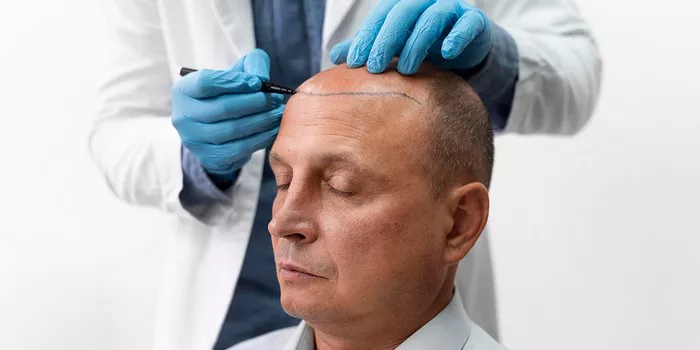Embarking on a hair transplant journey involves a multifaceted consideration, and one significant aspect is the cost associated with the procedure. This comprehensive guide delves into the various factors influencing hair transplant costs, shedding light on what individuals can expect in their pursuit of a fuller head of hair.
1. Understanding Hair Transplantation Costs
Types of Hair Transplants:
Follicular Unit Transplantation (FUT) and Follicular Unit Extraction (FUE) are the two primary methods. FUT may be more cost-effective, while FUE, being less invasive, tends to be pricier.
Clinic Reputation:
The reputation and expertise of the hair transplant clinic significantly impact costs. Renowned clinics with experienced surgeons may charge higher fees.
2. Cost of FUT vs. FUE Hair Transplants
FUT Cost Factors:
FUT costs are often determined by the size of the strip harvested and the complexity of the procedure. The linear scar produced is a consideration for some individuals.
FUE Cost Factors:
FUE costs depend on the number of grafts required, the time-consuming nature of the extraction process, and the skill of the surgeon. It is generally more expensive than FUT.
3. Factors Influencing Hair Transplant Costs
Number of Grafts:
The number of grafts required directly impacts the cost. Extensive hair loss may necessitate a larger number of grafts for optimal results.
Geographical Location:
Geographical location plays a role in pricing. Clinics in metropolitan areas or regions with a higher cost of living may charge more than those in less expensive areas.
4. Additional Costs in Hair Transplantation
Pre-Operative Tests:
Some clinics may require pre-operative tests, adding to the overall cost. These tests ensure the patient is physically fit for the procedure.
Post-Operative Medications:
Medications prescribed for the post-operative period, including pain relievers and antibiotics, contribute to the overall cost.
5. Financing and Payment Plans
Financing Options:
Many clinics offer financing options to make hair transplants more accessible. Patients can choose installment plans or financing through third-party providers.
Insurance Coverage:
Hair transplant procedures are often considered cosmetic and elective, resulting in limited or no insurance coverage. It’s essential to check with insurance providers for specific details.
Frequently Asked Questions
Q1: Why do hair transplant costs vary widely?
Hair transplant costs vary due to factors such as the type of procedure, clinic reputation, geographical location, and the number of grafts needed.
Q2: Is the cost of FUE worth the benefits?
The cost of FUE is often justified by its less invasive nature, quicker recovery, and the ability to avoid a linear scar. Individuals prioritize these benefits when opting for FUE.
Q3: Can I negotiate the cost of a hair transplant?
While some clinics may offer flexibility, negotiating may not be as common in the field of elective cosmetic procedures. It’s advisable to discuss financing options instead.
Q4: Are there any hidden costs in a hair transplant?
Additional costs, such as pre-operative tests and post-operative medications, can contribute to the overall expense. Discussing these aspects during the consultation is crucial.
Q5: How can I afford a hair transplant?
Many clinics offer financing options, making hair transplants more accessible. Patients can explore installment plans or third-party financing for manageable payments.
Q6: Does insurance cover hair transplant costs?
Insurance coverage for hair transplant procedures is generally limited, as they are considered cosmetic and elective. It’s advisable to check with insurance providers for specific details.
Q7: Are there risks associated with low-cost hair transplant clinics?
Low-cost clinics may compromise on surgeon expertise, facility quality, or post-operative care. Researching and choosing reputable clinics is essential to mitigate risks.
Q8: How soon can I see the results of a hair transplant?
Hair transplant results vary, with visible growth typically starting several months after the procedure. Full results may take up to a year or more, requiring patience.
Conclusion
Navigating the world of hair transplant costs involves careful consideration of various factors, from the type of procedure to the clinic’s reputation and additional expenses. As individuals embark on their hair restoration journey, being well-informed about these factors and asking pertinent questions during consultations will contribute to a transparent understanding of the overall costs involved. Balancing expectations, financial considerations, and the desire for quality results ensures a more satisfactory hair transplant experience.

